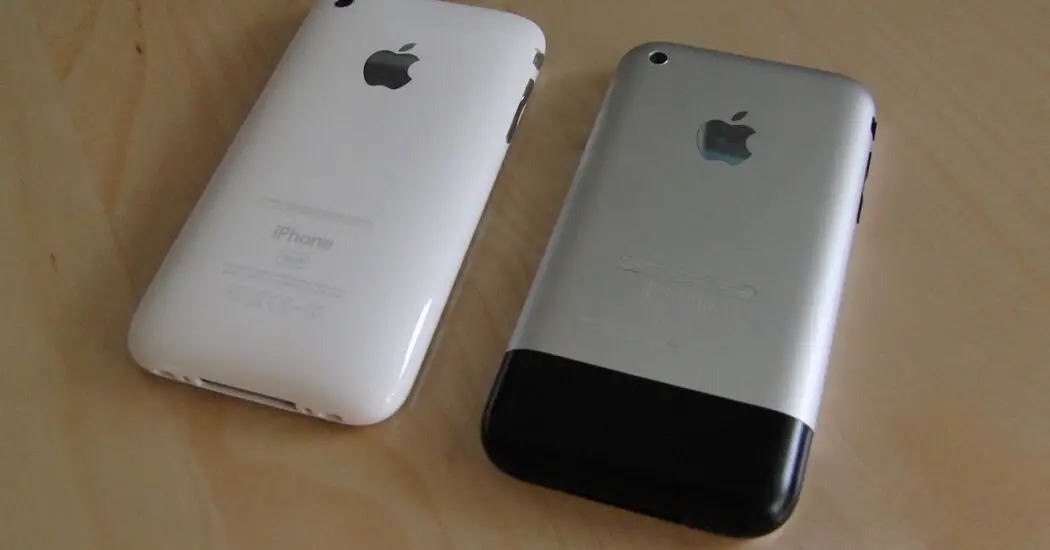Discovering the iPhone 3 camera functions can be an exciting venture, especially for those looking to capture the perfect shot. This article will guide you, step-by-step, on how to maximize the capabilities of your iPhone 3’s camera.

Table of Contents
iPhone 3 Camera Functions
Familiarizing Yourself with the iPhone 3 Camera Hardware
The starting point for anyone wishing to master their iPhone 3 camera functions is a deep understanding of the hardware. Your iPhone 3 features a modest 2.0-megapixel camera situated on the rear of the device. While this specification might seem underwhelming when stacked against the multi-lens, high-megapixel cameras of modern smartphones, don’t be too quick to dismiss its capabilities.
The trick to capturing quality images on the iPhone 3 isn’t just about the number of megapixels but lies in understanding how to maximize the available camera functions. Knowing what each function does can significantly improve your photography outcomes.
How to Access the Camera App
To embark on your photographic journey, you’ll first need to open the Camera app on your iPhone 3. On your home screen, skim through the icons and locate one that resembles a camera. Typically, this icon is placed at the bottom of the home screen for quick and easy access, but if you’ve customized your layout, it might be located elsewhere.
Once you find it, tap on the icon. Your screen will then change to the camera interface, displaying a real-time feed of what your camera lens is picking up.
Understanding the Different Modes
While the iPhone 3 might not boast a wide array of photography modes like Portrait or Panorama, it does provide you with the basics: a mode for still photography and another for video recording. Within the camera app interface, you’ll notice a small toggle or switch that allows you to move between these two modes.
A simple tap will transition your camera from capturing still images to recording videos, or vice versa. You’ll also see a visual indicator on the screen, usually a small icon or text, signifying which mode is currently active.
Read more iPhone camera topics here – iPhone Camera: How To, Problems & Solutions
Setting the Focus and Exposure
In many newer smartphones, you’ll find advanced options for setting the focus and exposure; however, the iPhone 3 keeps it simple. To manually control these elements, all you need to do is tap your finger on the part of the screen that corresponds with where you’d like the camera to focus.
By doing this, the camera automatically recalibrates both the focus and exposure based on the selected area, helping you achieve the best shot under the given conditions.
Taking the Shot: The Shutter Release
You’ve set the focus, and you’re ready to immortalize the moment. Now it’s time to hit the shutter release. In the center of the lower portion of your camera interface, you’ll find a circular button.
This is your shutter release. A single tap is all it takes to capture your image. You’ll hear a click, mimicking the sound of a traditional camera shutter, which signifies that your photograph has been taken and saved into your iPhone 3’s storage.
Viewing and Editing Your Captured Photos
Once you’ve captured your masterpiece, your next natural instinct might be to view it. To do this, look for a thumbnail image—usually a miniaturized version of the last photo taken—at the bottom left-hand corner of your camera interface.
Tapping this thumbnail will exit the camera interface and open your Photos app. Here, you can scroll through your photo library, review your captured image, and even make simple adjustments like cropping, rotating, or changing brightness and contrast levels.
How to Delete Unwanted Photos
Suppose you’ve taken a photo that you’re less than pleased with; the process for deletion is uncomplicated. While in the Photos app and viewing the undesired image, locate the trash can icon typically found at the lower-right corner of your screen.
Tap this icon, and a pop-up message will appear asking for confirmation to delete the photo. By tapping “Delete,” you are confirming the action, and the photo will be permanently removed from your iPhone 3’s photo library.
Conclusion: iPhone 3 Camera Functions
Although the iPhone 3 might be considered outdated by modern standards, understanding its camera functions can still offer a fulfilling photography experience. Take time to familiarize yourself with the hardware and features, and you’ll find that taking great photos is absolutely within your reach.